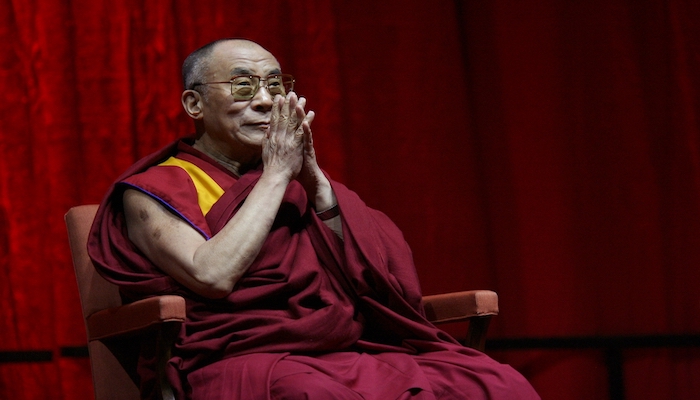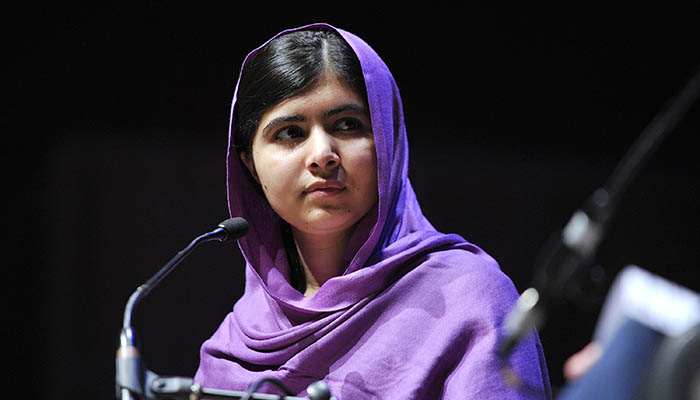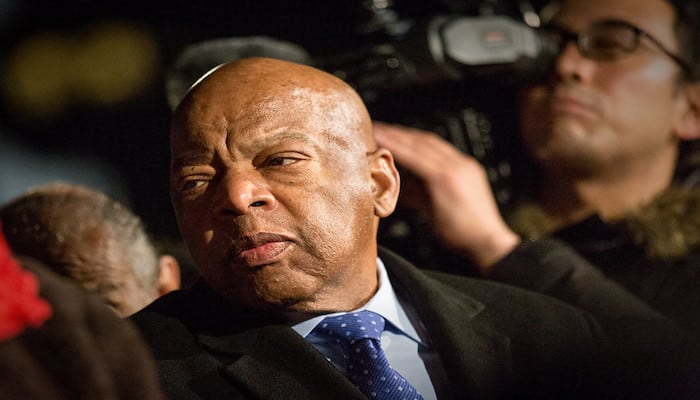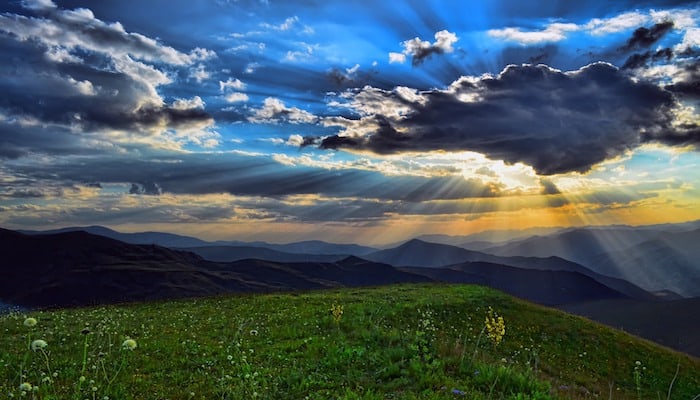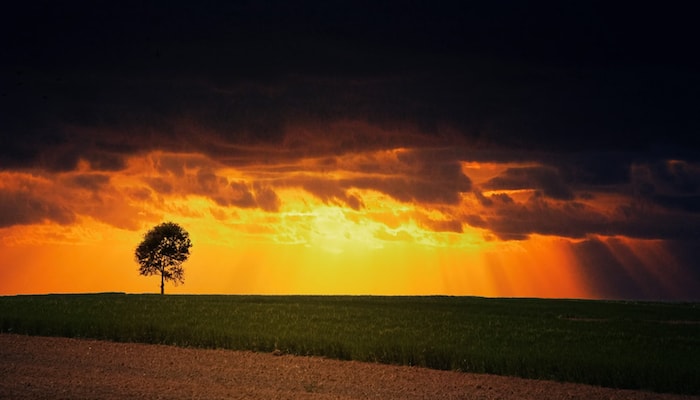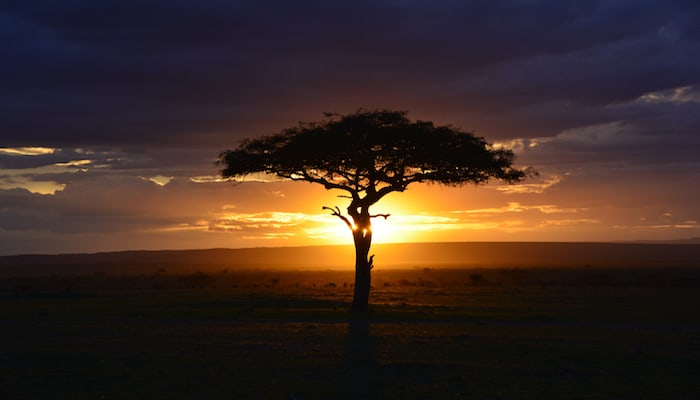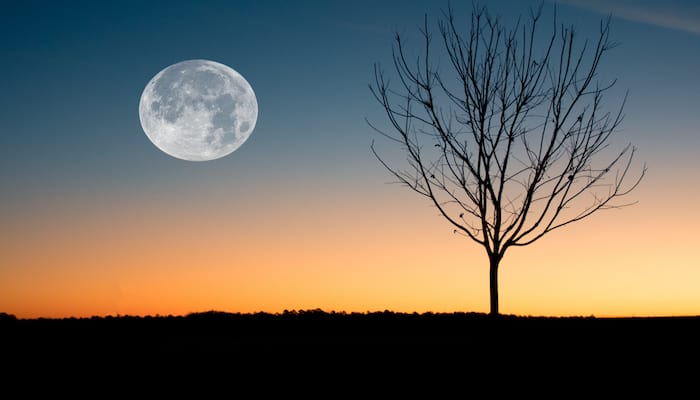Category: Inspiring People
Blog: His Holiness, the Fourteenth Dalai Lama
By Isa Gucciardi, Ph.D.
“We all share an identical need for love, and on the basis of this commonality, it is possible to feel that anybody we meet, in whatever circumstances, is a brother or sister. No matter how new the face or how different the dress or behavior, there is no significant division between us and other people. It is foolish to dwell on external differences because our basic natures are the same.”
-The Dalai Lama
His Holiness, the Fourteenth Dalai Lama, is a role model of compassion and courage for millions of people around the world. He has, almost single-handedly, stared down the Chinese government as it has dismantled Tibet and turned it into a Chinese fiefdom. He has done this without ever uttering an unkind word as he has watched thousands of his countrymen and women die at their hands.
His Holiness, the Fourteenth Dalai Lama was born in 1935 in Amdo, Tibet. His birth name was Lhamo Thondup. When he was two, he was recognized through a series of signs as the fourteenth incarnation of the Dalai Lama. He was sent to a monastery where he studied Buddhist philosophy.
In 1958 and 1959, as he was taking his final examinations, the Chinese, who had been in Tibet for several years, overran the country. His Holiness barely escaped. Thousands of other Tibetans were not so lucky. The Chinese killed and tortured thousands of Tibetans and destroyed many of the monasteries that had housed the ancient wisdom of Tibet and Buddhism for centuries. The losses of the Tibetan people were overwhelming.
Blog: Malala Yousafzai: Education is for Everyone
By Isa Gucciardi, Ph.D.
When I was 12, I attended a small one-room school in Riyadh, Saudi Arabia. Most of us were from other countries, and I was one of the few students who spoke English as a first language. There were a few Saudi children, in spite of the fact that girls and boys were not supposed to be educated together.
The story I heard was that the King looked the other way when he heard this rule was being broken because the children there were from influential foreign families. However, when the headmistress admitted a 13-year-old Saudi girl, the King closed down the school overnight. He was furious that a girl was being educated past the age of 12.
I had been told that I would be sent to a boarding school in Lebanon, and I was excited about the prospect. When I arrived for the last day of school, I found two of my classmates crying in the corner of the room. They were both Saudi. I asked them what was happening. They were upset because they had been told they could no longer pursue their studies.
Blog: John Lewis and the Good Trouble Path of Peace
By Laura Chandler
In a commencement speech he gave at Emory University, the late civil rights leader and Congressman from the 5th District of Georgia, John Lewis said, “You must find a way to get in trouble, good trouble, necessary trouble.” For decades, getting into good trouble has been the creed of Lewis, described as the “Conscience of Congress” by House Speaker Nancy Pelosi. His death on July 17, 2020 comes at a time of great social unrest in this country, yet his legacy offers us an example of how to proceed in these times and, even more importantly, it offers us hope.
Lewis was the last living member of the Big Six leaders who organized the 1963 March on Washington, and he led the historic first march across the Edmund Pettus Bridge, which became known as Bloody Sunday. His actions and work with the civil rights movement contributed to ending legal segregation in the United States and he continued his work and lifelong commitment to social justice and the causes of democracy, serving 17 terms in the US House of Representatives.
John Lewis’ life was one of activism informed by his faith. He was dedicated to nonviolence and learned the concepts of nonviolent protest through his study of Christian texts, trainings with the Nashville Christian Leadership Conference, and the example set by Mahatma Gandhi. Like Gandhi, Lewis and the participants in the early civil rights movement understood the power of nonviolent action and stood bravely in the face of oppressive hostility. Lewis endured physical beatings and was arrested over 40 times without succumbing to violence himself, and he held to this principle of nonviolence his entire life.
Blog: Martin Luther King’s Vision 60 Years On
By Isa Gucciardi, Ph.D.
I first became aware of Martin Luther King when I encountered his, “I Have a Dream” speech in Social Studies class. I remember wondering why he was only dreaming that whites and blacks could be friends. I found out why when I moved to Texas for a year of schooling. My most enduring memory of that school was when I was sent home from school for playing with a group of African American children on the playground. I had such a hard time understanding what was happening, and it made me pay closer attention to the issues around racism in a way I never had before. As I grew older, and as the race riots of the sixties took center stage, Martin Luther King became a voice of reason for me.
Martin Luther King Jr. was born in 1929 in Atlanta, Georgia. He came from a family of sharecroppers, and his father was the second of ten children. His father took over as pastor at an influential black church, so King received a better education than most black children could hope for in Atlanta in the 1930’s. Both his education and his father, who had led campaigns to advocate for racial equality, had a major influence on him. However, his father was also a strict disciplinarian and regularly beat him for the smallest of infractions.
Blog: Liberation through Song: The Activism of Miriam Makeba
By Isa Gucciardi, Ph.D.
Miriam Makeba is perhaps one of Africa’s most famous musicians. I became aware of her when I was about eight years old. I was growing up near Honolulu as Waikiki was becoming a destination. In the evenings, as the sun was setting, all the hotel bars along the beach had musical shows, many of them right on the beach. Invariably, the person who was supposed to be watching me started having cocktails at about 5 o’clock at one of these bars. This meant I was free to cruise the different hotels along the beach, watching the shows.
Most of the hotels featured hula dancers and Hawaiian music, but one hotel had a band that also played African and Caribbean music. They almost always played Harry Belafonte and Miram Makeba’s recorded music before the live show. I loved the songs they sang together, and I always made a beeline to the beach in front of that bar to hear them in the evenings.
As I got older, I learned more about how Harry Belafonte and Miriam Makeba worked for social justice. I learned that Miriam was famous for her resistance to the social system of apartheid in South Africa. It was through her music that I learned about apartheid, which segregated whites and blacks and kept blacks in poorer, often substandard living conditions. I was appalled to learn about apartheid, and as I followed Miriam’s life, I struggled to understand how it persisted the way it did.
Blog: The Inspiring Activism of Rigoberta Menchu
By Isa Gucciardi, Ph.D.
I find inspiration in the stories of people who have seen a need and tried to meet it. Be they healers, activists, politicians, leaders, or every day people who do the right thing in a difficult situation. These are people who stand up to oppression, or try to bring justice to places where none exists. For that reason, I have decided to create this series on Inspiring People.
Rigoberta Menchú Tum is an activist for indigenous rights in Guatemala. She was born to a poor family of K’iche’ Maya descent in rural Guatemala at the beginning of the country’s civil war, which lasted from 1960 to 1996. She became an activist against human rights violations committed by the Guatemalan armed forces during the war.
Blog: The Life and Work of Albert Schweitzer
By Isa Gucciardi, Ph.D.
Albert Schweitzer became one of my first heroes when I read his biography at 8 years old. It was the first time I understood that there were people in the world who did not have access to the help they needed when they were sick. This was very distressing to me. I wanted to go to Africa to help.
Blog: The Wisdom of Black Elk
By Isa Gucciardi, Ph.D.
As a child, the indigenous peoples of North America fascinated me. I lived in northern Mexico, home to a Native American people known as the Huichol. Their relationship to the land, kindness, and gentle strength spoke to me. The way they moved in their world seemed in perfect balance. Whenever I could sneak away from my parents, I would spend time with the locals who taught me about horses, plants, and generosity of spirit. Inspired by these friends, I made a study of all the great Native American chiefs and shamans by reading everything I could find on them in the local library. Red Cloud, Cochise, and Crazy Horse were all people I admired for the way they maintained their dignity and inspired their people despite overwhelming odds. One of my favorite of these leaders was the visionary Sioux medicine man, Black Elk.

